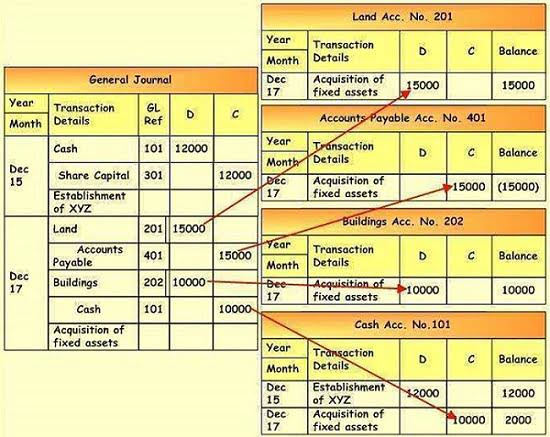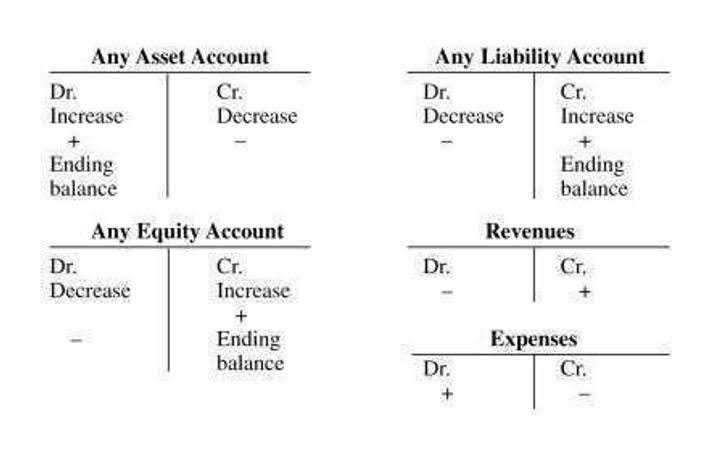
It was agreed that, at the date of Chen’s admission, the goodwill in the partnership was valued at $42,000. Goodwill is defined as the amount by which the fair value of the net assets of the business exceeds the carrying amount of the net assets. In simple terms, ‘fair value’ can be thought of as being the same as ‘market value’. Goodwill arises due to factors such as the reputation, location, customer base, expertise or market position of the business.

About the IFRS Foundation
- He is calling on the Commonwealth to tighten legislation and hold social media platforms to account, as well as finance education to ensure people have the skills to navigate harmful content.
- As a result, the above entry Income Summary, which is a temporary equity closing account used for year-end, is reduced by $500, and the capital account is increased by the same amount.
- Assume that Partner A and Partner B have 50% interest each, and they agreed to admit Partner C and give him an equal share of ownership.
- In the absence of any agreement between partners, profits and losses must be shared equally regardless of the ratio of the partners’ investments.
- The balance sheet provides a snapshot of the partnership’s assets, liabilities, and equity at a specific point in time, highlighting the financial position and stability of the business.
- If the retiring partner’s interest is purchased by an outside party, the retiring partner’s equity is transferred to the capital account of the new partner, Partner D.
Together, these financial statements form a comprehensive picture of the partnership’s financial performance, enabling partners to monitor progress, identify trends, and make strategic decisions. Questions rarely bring in this point, because partnership accountant it makes the question easier.(e) Interest on drawings – partners sometimes agree that interest should be charged on drawings made. In reality, partners will agree the amount of drawings the business can stand rather than charge interest.
5 When Capital is Fluctuating

Finally, the third type is a limited liability partnership (LLP), which provides all partners with limited personal liability against another partner’s obligations. Limited liability is a form of legal liability in which a partner’s obligation to creditors is limited to his or her capital contributions to the firm. These types of partnerships include “LLP” or partnership in their names and are usually formed by professional groups such as lawyers and accountants. Each partner is at risk however, for his or her own negligence and wrongdoing as well as the negligence and wrongdoing of those who are under the partners’ control or direction.

Leading Checking & Savings Combo Account Bonus
Cash management accounts typically come with a debit card for easy access, but you may have to pay a fee if you want to deposit cash. Peena works with our clients to provide them https://www.bookstime.com/nonprofit-organizations support in the day to day operations of their business. Her extensive background in payroll, bookkeeping and management makes her an invaluable resource for clients to utilize.
- Due to this unlimited liability, whether there is a written partnership agreement or not, partners have an ethical duty to act in the best interests of the partnership and of each of their partners.
- “Any form of animal cruelty is concerning, particularly if it is shared online,” she said.
- The salaries of employees are business expenses that are written off to the statement of profit or loss, thereby reducing profit for the year.
- Assume now that Partner A and Partner B have balances $10,000 each on their capital accounts.
- The partnership generally deducts guaranteed payments on line 10 of Form 1065 as business expenses.
The allocation of profits and losses in a partnership is a nuanced process that hinges on the terms set forth in the partnership agreement. This document typically outlines the specific percentages or ratios by which profits and losses are to be divided among the partners. If non-cash assets are sold for less than their book value, a loss on the sale is recognized. The loss is allocated to the partners’ capital accounts according to the partnership agreement.
- It’s a highly skilled, tech-centric profession that’s evolving fast and offers lots of opportunities to work for any type of company, in any industry, and in any location.
- A fiduciary is someone who has a legal and/or ethical obligation to act in the best interest of others in order to maintain a relationship of trust and confidence.
- Partners’ salariesIn some ways, the term ‘salaries’ is a misleading description.
- For example, Heller says his accounting employees work fully in-office, but a fully or mostly distributed company may hire fully remote accountants.
- Understanding these practices is crucial for ensuring accurate financial reporting and compliance with legal requirements.






